Over the past year, homicides and shootings have increased dramatically in many cities across the United States, even as other crime rates fell during the pandemic. Community leaders are eager for guidance on how to address this crisis and save lives.
There are several options on the table – interventions such as hot-spot policing, efforts to identify and arrest the most frequent perpetrators of gun violence, focused deterrence (combining targeted police and social service approaches), and community-based violence interruption. Advocates for each strategy claim that their preferred intervention is the best bet – often saying that research proves that their preferred intervention saves lives. But what does the research community think? Based on their read of the evidence, which interventions (if any) are likely to reduce gun violence?
We recently polled the Criminal Justice Expert Panel (CJEP) on this topic. (See our earlier post for more information on the CJEP.) We provided three statements about popular strategies to reduce gun violence and asked our panelists to rate their level of agreement on a five-point scale from strongly disagree to strongly agree. We also asked our panelists to rate their level of confidence in their response, from 0 (not at all confident) to 10 (very confident). This allows us to aggregate their responses as raw averages across all panelists and as weighted averages that give more weight to the responses of panelists who were more confident – perhaps because this topic is firmly in their area of expertise and they know the research literature well.
The results are below. You can also explore individual panelists’ responses on the CJEP website. And stay tuned for future surveys! On the website, you can sign up for the CJEP newsletter to be the first to hear about new survey results. You can also follow the CJEP on Twitter.
Criminal Justice Expert Panel Survey Results: Reducing Gun Violence
Statement 1: Taking into account both potential implementation challenges and expected efficacy, investing in police-led targeted enforcement directed at places and persons at high risk for gun crime (e.g.,”hot spot” policing; gang enforcement) would reduce gun violence.
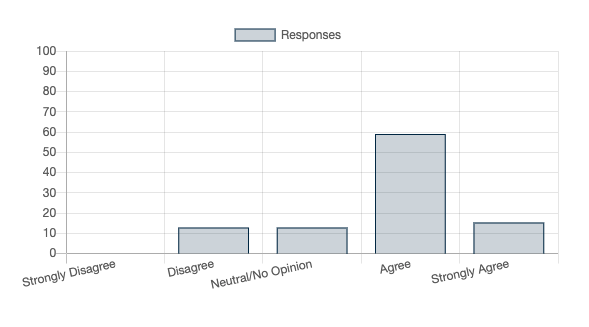
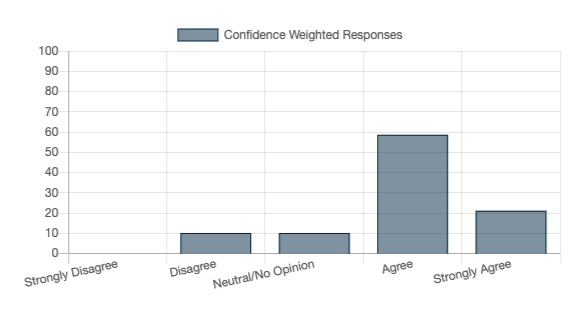
Selected panelist comments (edited lightly to correct typos):
“Gun violence is highly concentrated among a small number of people and places and so highly-targeted approaches can potentially pay large dividends. Implemented poorly, this approach is potentially accompanied by high costs. But, when it comes to improving public safety, it is also the strategy that has the greatest evidence behind it.” – Aaron Chalfin (University of Pennsylvania)
“It depends on the context and the drivers of gun violence. An example from Colombia. In Medellín, a city where most homicides are instrumental, hot spots policing did not impact homicides. In Bogotá, a city where most homicides are emotional, hot spots policing did impact homicides.” – Santiago Tobón (EAFIT)
“The NAS reviewed this in 2018. Multiple RCTs of place-based policing policies in the US have found evidence of localized short-run crime reductions, and not found strong evidence of adverse spillovers. At the same time, jurisdiction-level, longer run evaluations haven’t really been done. The existence of benefits also does not mean there are no costs.” – Emily Owens (UC Irvine)
“In addition to the wealth of literature about police employment levels and violent crime, a recent paper by Chalfin, Laforest, and Kaplan forthcoming in JPAM studies targeted ‘gang takedowns’ finding robust evidence they reduce local gang violence.” – Benjamin Hansen (University of Oregon)
“Hot spots policing can reduce violent crime, and studies of potential displacement to neighboring areas are promising. Heavier targeted enforcement without accompanying community outreach might generate intangible costs to the community that may impede investigations, and some tactics are more effective against violence than others.” – Greg Midgette (University of Maryland)
Statement 2: Taking into account both potential implementation challenges and expected efficacy, investing in police-led focused deterrence programs (clearly communicating “carrots and sticks” to local residents identified as high risk, followed by targeted surveillance and enforcement with some community-based support for those who desist from crime) would reduce gun violence.
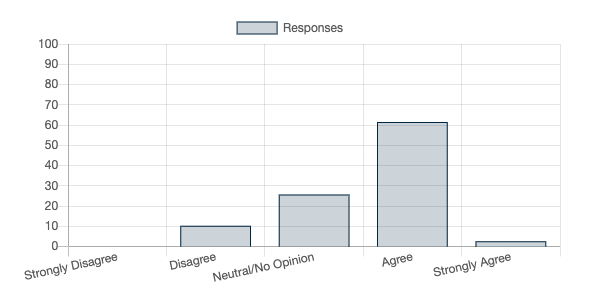
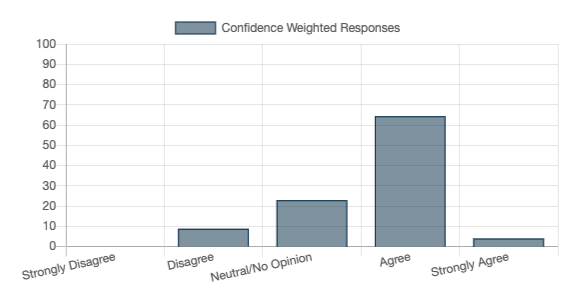
Selected panelist comments (edited lightly to correct typos):
“The evidence base is very mixed. I designed and carried out an RCT to evaluate a program in NY State that did not affect crime, but I am persuaded that programs in Boston and Chicago were effective.” – Patrick Sharkey (Princeton University)
“I can see the logic behind these sorts of strategies but they have been challenging to evaluate, and from what I understand can also be challenging to implement with fidelity in a sustained way. More and better evidence on these strategies would be very important for policy because if they worked, they create the potential to reduce gun violence without some of the collateral costs of more traditional policing strategies.” – Jens Ludwig (University of Chicago)
“Some (weak) evidence that focused deterrence programs reduce violence (see e.g. Braga et al. 2019), recent RCT evidence shows no reduction. Increased police contact for targeted individuals is a cost.” – Amanda Agan (Rutgers University)
“I am skeptical of the capacity, at this stage, to produce targeted deterrence and surveillance programs that communities would trust not to be riddled with bias and abuse. I would be far more sanguine of such programs implemented by organizations parallel to, but not inclusive of, the police.” – Michael Makowsky (Clemson University)
“Focused deterrence programs vary widely in their design and implementation and are rarely randomized, so it’s hard to have a well-defined expectation of whether these programs reduce gun violence. A randomized trial of an FD program in NYS (Sharkey 2021) reported no effects on gun violence arrests.” – Anna Harvey (New York University)
Statement 3: Taking into account both potential implementation challenges and expected efficacy, investing in purely community-led violence-interruption programs (community-based outreach workers try to mediate and prevent conflict, without police involvement) would reduce gun violence.
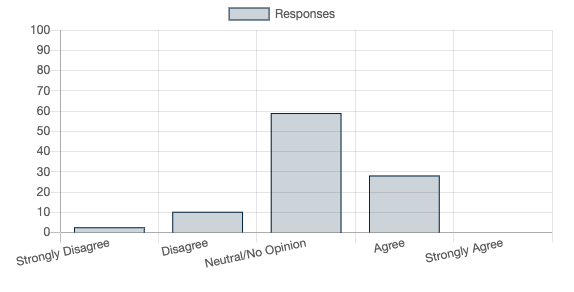
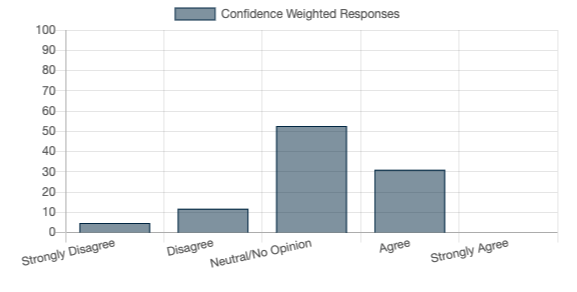
Selected panelist comments (edited lightly to correct typos):
“The evidence is pretty thin on the efficacy of violence interruption programs on their own. At the same time they are worth trying for they provide community-lead action to try and curb violence in neighborhoods.” – John MacDonald (University of Pennsylvania)
“The evidence on this strategy (Cure Violence and similar interventions) is extremely weak. We basically have no idea if it works. But even the correlational studies aren’t consistently finding beneficial effects, which should give us pause. Communities that want to implement this strategy should do so in a way that enables them to tell if the investment is worth it.” – Jennifer Doleac (Texas A&M University)
“While this may be true, the existing evidence does not support this conclusion.” – John Pepper (University of Virginia)
“On such a serious and dangerous issue of gun violence, community outreach alone without police involvement would seem difficult to justify, but this is a very hard issue that may well be more or less suitable for different settings depending on a number of factors, including the issue of how well community/police relations function and historical place-specific relevant factors.” – Stephen Machin (London School of Economics)
“Evaluations of violence interruption programs face similar challenges as focused deterrence, and the quality of evidence is comparably unexceptional but promising. But unlike police-led interventions, I would predict a number of positive spillovers stemming from the direct investment in local organizations (which is linked with lower violent crime rates, as strong quasi-experimental evidence indicates), and employment of justice-impacted individuals as interrupters.” – Robert Apel (Rutgers University)